7.2 Rural Design Elements
7.2.1 General Characteristics
Arterials in rural areas range from two-lane roadways to multilane divided controlled access facilities. Rural arterial design criteria are used to facilitate high-speed and longer-distance travel between connections.
A smooth flowing alignment is desirable for a rural arterial and changes in vertical and horizontal alignment should be gradual. Minimum radii should be used sparingly to reduce crash rates and create a comfortable drive for travelers. Rural areas offer fewer physical constraints, allowing profiles to be generally flat and level with the surrounding ground terrain.
7.2.2 Typical Section
Rural arterial example typical sections are shown in
through
below. The geometric dimensions shown in these sections may be adjusted in accordance with
.
Selection of the appropriate cross-section is important for optimal safety and operational performance.
provides guidelines on selecting optimized cross-sections for rural highways that are not divided with a median barrier. For additional guidance on roadway cross-section optimization, see
.
AADT | Driveway Activity Index 1 per Mile | Truck Percentage | Preferred Cross-Section |
|---|---|---|---|
≤ 3,000 | Any | Any | Two-Lane Undivided / Two Lanes with TWLTL |
3,000 – 15,000 | ≤ 30 | Any | Super 2 |
> 30 | ≤ 15% | Super 2 with TWLTL | |
16% - 25% | Super 2 with TWLTL | ||
> 25% | Four Lanes with TWLTL | ||
15,000 – 20,000 | ≤ 30 | ≤ 15% | Four Lanes with 4-ft Median Buffer 2 |
16% - 25% | Four Lanes with 4-ft Median Buffer 2 | ||
> 25% | Four Lanes with TWLTL | ||
> 30 | ≤ 15% | Four Lanes with 4-ft Median Buffer 2 | |
16% - 25% | Four Lanes with TWLTL | ||
> 25% | Four Lanes with TWLTL | ||
≥ 20,000 | Any | Any | Four Lanes with TWLTL / Four-Lane Divided |
Notes: | |||
| |||

Figure 7-1: Rural Typical Section – 2 Lane
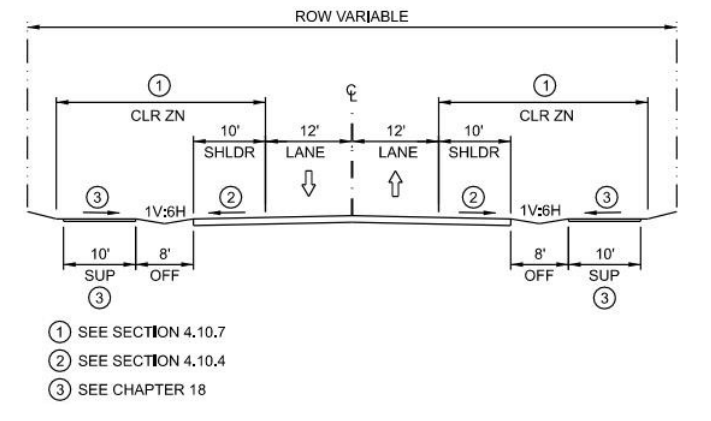
Figure 7-2: Rural Typical Section – 2 Lanes with SUP
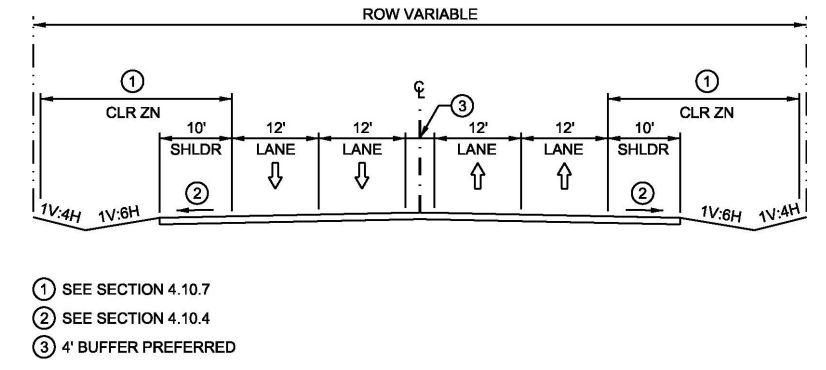
Figure 7-3: Rural Typical Section – Multilane Undivided with Median Buffer
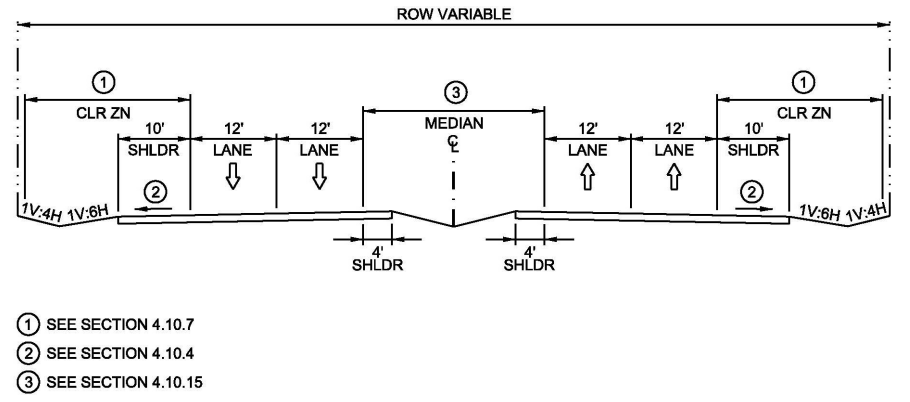
Figure 7-4: Rural Typical Section– Multilane Divided (4 Lanes)
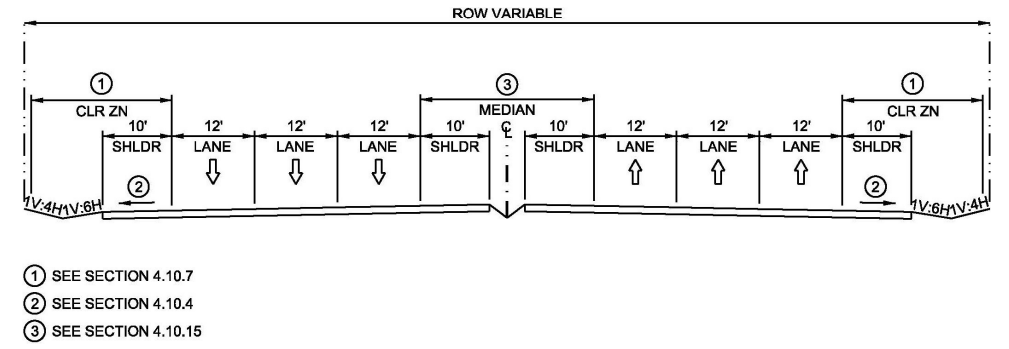
Figure 7-5: Rural Typical Section – Multilane Divided (6 or More Lanes)
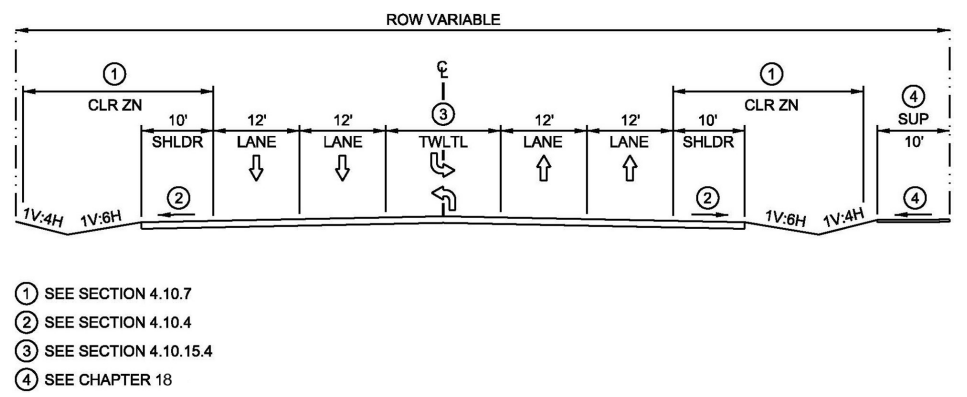
Figure 7-6: Rural Typical Section – Multilane Undivided with TWLTL
7.2.3 Transitions to Four-Lane Divided Highways
Typical transitions from a two-lane to a four-lane divided highway are shown in
.
Transition geometrics design criteria is based on the highest design speed of the two roadways.
The transition should be visible to the driver approaching from either direction and median openings should not be permitted within one-quarter mile of the transition area.Transition areas should be located so that obstructions such as restrictive width bridges or underpasses or other fixed objects are not within the no-passing zone of the two-lane highway approach.

Figure 7-7: Typical Transistions from Two-Lane to Four-Lane Divided Highways
7.2.4 Converting Two-Lane Roadways to Four-Lane Divided Facilities
When converting an existing two-lane roadway to a four-way divided facility, the Federal Highway Administration (FHWA) allows existing alignments to remain in place. Specifically,
the new roadbed will be constructed to full current standards.
When the existing lanes are converted to one-way operations, no changes are required to the horizontal or vertical alignment of the existing road as long as it meets 3R criteria described in
.Other features such as signing, roadside hardware, and safety end treatments, should meet current standards. Existing structures with substandard widths on the existing lanes may remain if that width meets minimum 3R requirements for multi-lane facilities.
Transitions for opening and closing passing lanes on Super 2 highways is discussed in
. Transitions for speed change lanes are discussed in
.
7.2.5 Converting Two-Lane Roadways to Optimized Roadway Cross-sections
Four-lane undivided cross-sections have reduced safety and operational performance compared to other alternatives and should be avoided.
lists preferred optimized cross-sections for various combinations of volume, driveway activity, and truck percentage. Conversion of a two-lane highway to a four-lane highway facility should include a median when possible. If an existing two-lane highway has rolling terrain or restricted right-of-way conditions that affect the feasibility of widening to a four-lane divided highway, conversion to a Super 2 highway, a two-lane highway with TWLTL, or a Super 2 with TWLTL may be considered to improve passing opportunities and traffic operations.
,
, and
include the general geometric typical section features for four-lane highways.
Before converting the existing two-lane roadway, a crash analysis should be conducted to identify specific areas with high crash frequencies so that corrective measures can be taken where appropriate. See
for additional information on roadway cross-section optimization and Super 2 design.